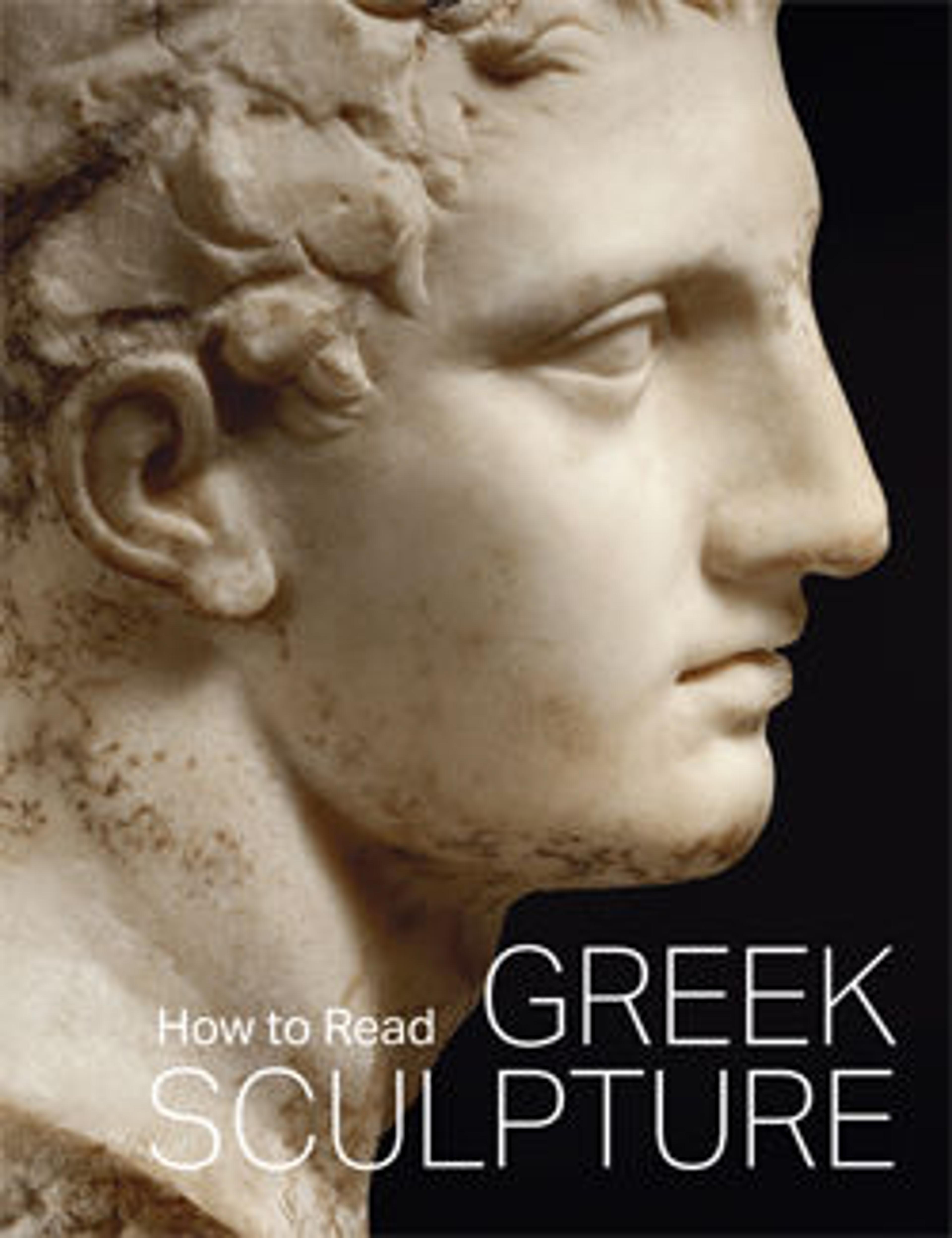Terracotta hydria: kalpis (water jar)
The infant Herakles strangling snakes sent by the goddess Hera
Herakles, the greatest of the Greek heroes, was one of twins conceived in a night when Alkmene, the wife of Amphitryon, was visited by both her husband and the god Zeus. Angered by his infidelity, Zeus's wife, Hera, tried to kill the infant Herakles with snakes. Here the child strangles them in the presence of his parents and Athena, his protective goddess.
Herakles, the greatest of the Greek heroes, was one of twins conceived in a night when Alkmene, the wife of Amphitryon, was visited by both her husband and the god Zeus. Angered by his infidelity, Zeus's wife, Hera, tried to kill the infant Herakles with snakes. Here the child strangles them in the presence of his parents and Athena, his protective goddess.
Artwork Details
- Title: Terracotta hydria: kalpis (water jar)
- Artist: Attributed to the Nausicaä Painter
- Period: Classical
- Date: ca. 460–450 BCE
- Culture: Greek, Attic
- Medium: Terracotta; red-figure
- Dimensions: H. 14 1/2 in. (36.8 cm)
diameter without handles 11 5/16 in. (28.7 cm) - Classification: Vases
- Credit Line: Fletcher Fund, 1925
- Object Number: 25.28
- Curatorial Department: Greek and Roman Art
More Artwork
Research Resources
The Met provides unparalleled resources for research and welcomes an international community of students and scholars. The Met's Open Access API is where creators and researchers can connect to the The Met collection. Open Access data and public domain images are available for unrestricted commercial and noncommercial use without permission or fee.
To request images under copyright and other restrictions, please use this Image Request form.
Feedback
We continue to research and examine historical and cultural context for objects in The Met collection. If you have comments or questions about this object record, please contact us using the form below. The Museum looks forward to receiving your comments.
